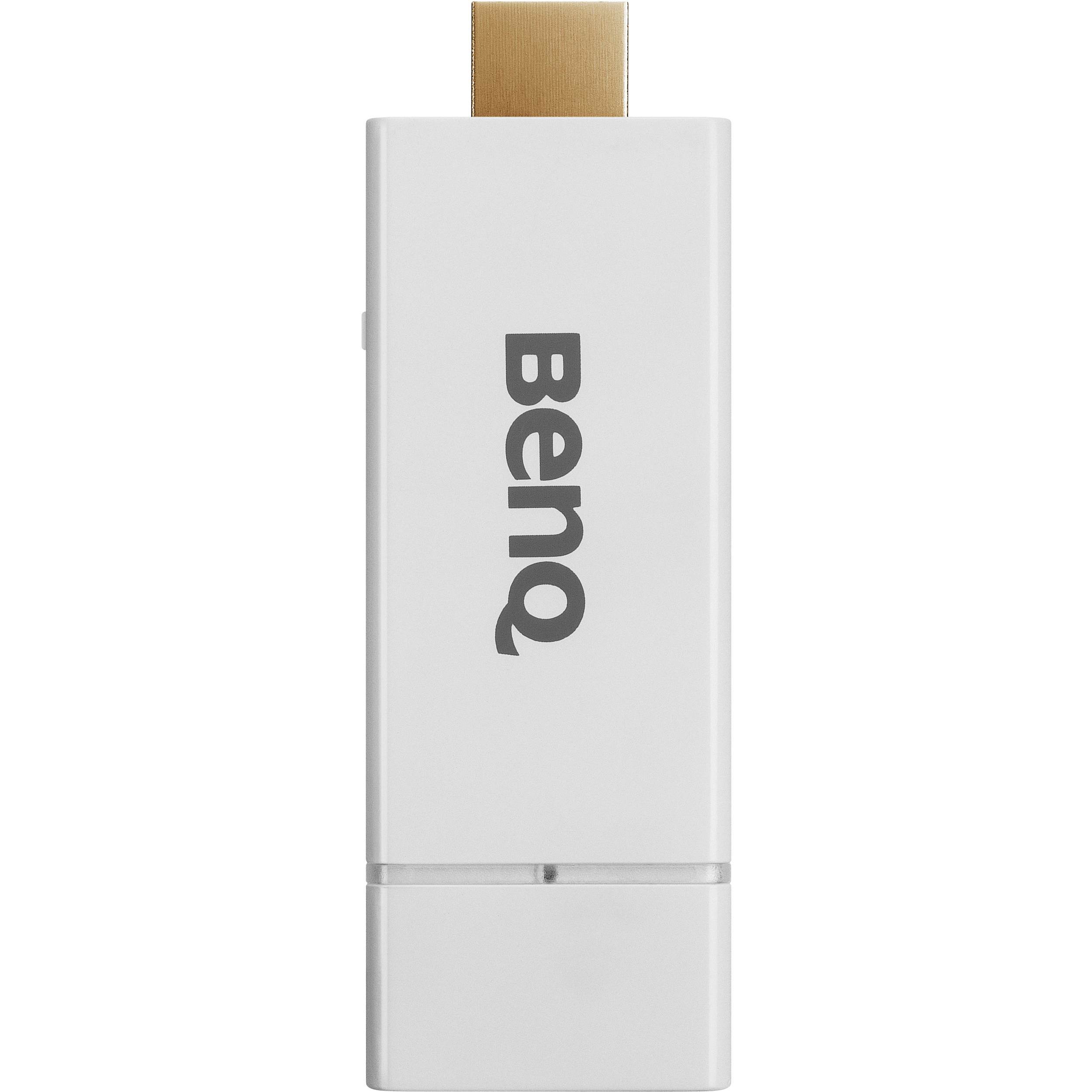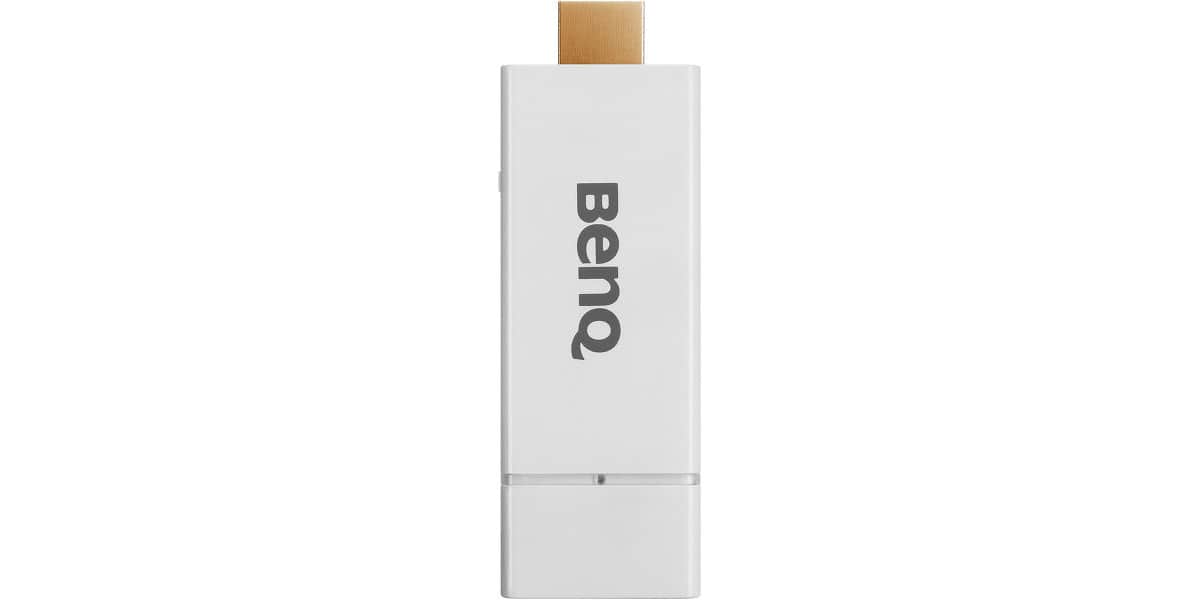

The audio in and out ports are the first inputs going from right to left, and those audio inputs are stacked, with Audio In on top and Audio Out on top. Moving to the right, you have two HDMI ports side by side, with a USB Wireless Dongle port directly underneath the first HDMI port. Moving on to the right, is the USB Type-A port, your input point for PC-Free projection, just insert your thumb drive, select your file, and present! Underneath the Wireless port is where the AC power receptacle is located. Moving again to the right, the VGA/PC input, the Monitor Out, and below that, your RS-232 command and control port. Finally, to the right, there is a USB Mini-B port, followed by the LAN port, and your Kensington Lock is located directly underneath those last two ports. Mini-B USB is typically used as a service port.
#Been qcast full#
In addition to being able to connect the projector to the internet through the LAN port, there is a USB wireless dongle sold separately which enable you to take full advantage of the projectors special features available through the BenQ QCast App. Looks like the dongle ranges anywhere from $60 to $100 out there on the web. You cannot use both projector audio and an external speaker at the same time. That is typical of almost all projectors, but it is also unfortunate. There is more flexibility with the ability to use both at once. For example, in a larger room, one could rely on the internal speaker, but with an external powered sub-woofer adding some bass to the sound.

On the BenQ MH733’s control panel located atop the device in the back, you first have 3 LEDs with Power, Temp, and Lamp labeled respectfully atop each other. To the right of those indicator lights, you can find where the Power button is located. Next to the right is a Selection (OK) button, with Keystone Correction and Arrow Buttons on the top and bottom, as well as Volume Control and Arrow Buttons on the sides as well.

Beneath that, there are buttons, Back, Menu, and Auto (Autosource) respectively. To finish off the panel, there is a regular Source button, and to the right of that, a button for Eco Blank, to put a blank screen up when needed. While the panel was plenty intuitive, having a similar format to most projectors, I was disappointed in the buttons themselves. There was definitely a few times that I had to push the buttons multiple times to get them to work. Nothing too annoying but enough to notice. Offsetting that, of course, is that most folks rely on the remote control, rather than the control panel on the projector.The BenQ W1800 sets out its home cinema stall in a number of key ways. For starters, it claims to be a 4K projector, and can support both of the HDR10 and HLG HDR formats. There’s no Dolby Vision or HDR10+ ‘active’ HDR support, but projectors that support those premium HDR flavours are currently as rare as the proverbial hen’s teeth. The claimed 4K support is controversial in the sense that, as with all such affordable ‘4K’ projectors that use DLP optical technology, the BenQ W1800 doesn’t actually carry a native 3840x2160 number of digital mirror devices (DMDs) on its 0.47-inch chip.


 0 kommentar(er)
0 kommentar(er)
